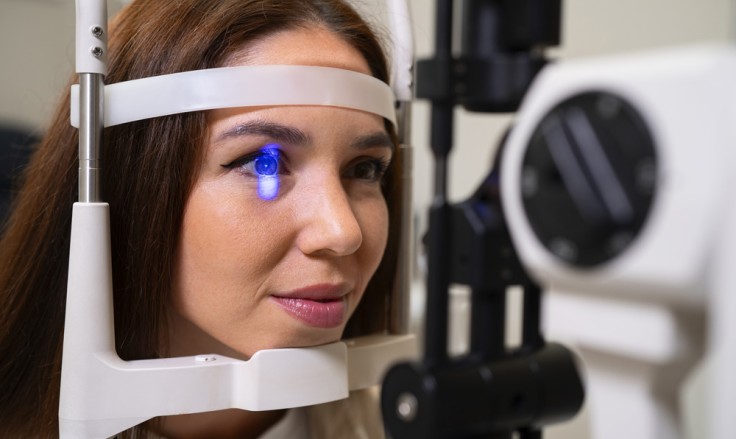Introduction
Cataract surgery is one of the most common operations performed worldwide, offering millions of people restored vision. Over time, the natural lens of the eye can become cloudy, making everyday activities difficult. This cloudiness (called a cataract) scatters light and creates blurred or hazy sight. Cataract surgery removes the cloudy lens and replaces it with a clear artificial one. Although the idea of eye surgery may sound intimidating, the process is much simpler than expected. This guide takes you through each stage of cataract surgery, from preparation to recovery. We’ll show you how the procedure helps patients regain clarity and independence.
Understanding Cataract Surgery
Cataract surgery is designed to remove the cloudy natural lens and replace it with an intraocular lens, often called an IOL. The lens is chosen based on detailed measurements of the eye, ensuring optimal results. Cataracts can interfere with daily life by making colours dull and details difficult to see. Without this treatment the condition steadily worsens, reducing both independence and quality of life. Luckily, cataract surgery is reliable, efficient, and extremely effective. Patients are often surprised to learn that it is usually performed as an outpatient procedure. This means they often return home the very same day.
Preparing for Cataract Surgery
Preparation begins weeks before the actual operation. Your ophthalmologist starts by carrying out a thorough eye examination. This will include measuring the size, shape, and curvature of your eye. These details help select the right intraocular lens, whether standard or premium. Premium lenses, for example, can correct astigmatism or provide multifocal vision. Patients might also be asked to adjust their medications or begin using antibiotic eye drops. Drops help reduce the risk of infection and create the best possible environment for healing. Your doctor is there to explain what to expect and to answer any questions. They’ll be a key guide in the days leading up to surgery.
The Day of Cataract Surgery
On surgery day, most patients arrive feeling slightly nervous but also excited about the results. Staff at the hospital or clinic review the procedure again, ensuring everything is clear. You’ll then be given numbing eye drops, which prevent pain during the operation. In some cases, a mild sedative is offered to help you relax further. Once fully prepared, you are taken into the operating theatre. The atmosphere is extremely calm, with the surgical team guiding you through every step. Despite understandable concerns, cataract surgery itself is painless and surprisingly comfortable for the patient.
Step-by-Step During Cataract Surgery
The procedure begins with the surgeon creating an incision at the edge of the cornea. This small entry point allows access to the cloudy lens without damaging surrounding tissue. Through this incision, an ultrasound probe is gently inserted. This will emit vibrations that break the cloudy lens into small fragments. Fragments are then removed using gentle suction. Once the lens has been removed, the surgeon inserts the intraocular lens through the same incision. The lens unfolds naturally once inside, settling into its correct position. Because the incision is so small, stitches are rarely required. The entire process usually takes less than 30 minutes per eye. It is one of the quickest surgical procedures available.

Conclusion
Cataract surgery is a straightforward - and highly effective - way to restore your vision. From the preparation period through the actual procedure and recovery, each step is carefully managed for comfort and success. The results are not only immediate but also long lasting. This means that patients can reclaim daily activities with renewed ease. Understanding exactly what happens during cataract surgery can make the experience far less daunting.
Keen to find out more about cataract surgery? Visit the ACIBADEM Beauty Center website.
Frequently Asked Questions
The operation usually lasts around 20–30 minutes per eye, making it fast and efficient.
No. Numbing drops prevent pain, and most patients feel only gentle pressure during the procedure.
Many people return within a few days, depending on their role and working conditions.
Typically, one eye is treated first. The second eye is scheduled later for safety and precision.
The artificial lens is permanent. In most cases, the results of cataract surgery last a lifetime.














